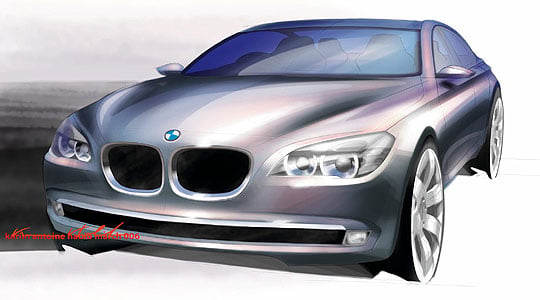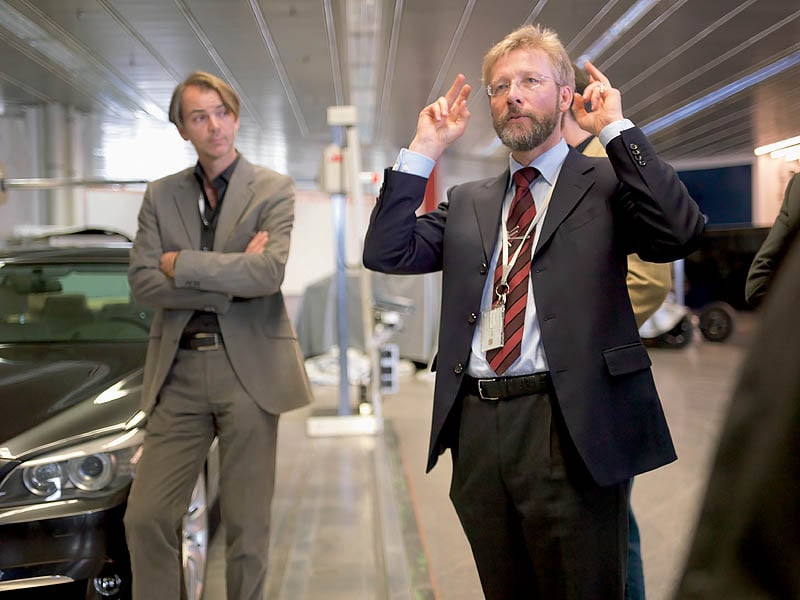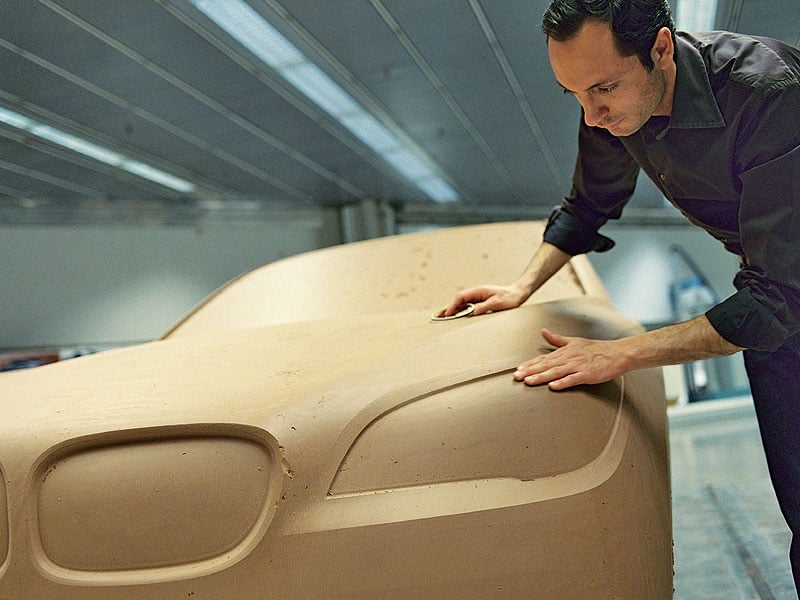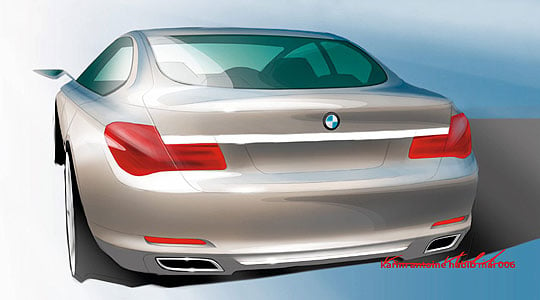
Design consultant Chris Hrabalek studies the latest 7 Series...
The most recent reincarnation of the BMW 7 Series bears the usual responsibility of being the benchmark and flagship of the entire BMW range; but it has another, even more important task. It needs to win back the confidence of former BMW enthusiasts, those that were scared away by an American automotive shock-artist by the name of Chris Bangle.
More than 30 years and four model generations have passed since the introduction of the very first BMW 7 Series in 1977. The model, christened with the internal designation code E23, was a replacement for the BMW ‘New Six’ – a series of BMW six-cylinder luxury cars, produced in response to similar models by rival manufacturer Mercedes-Benz. Success of the saloon-only model ensured the continuation of a now legendary nameplate, the latest of which had its world debut at this year’s Paris motor show.


Unlike the previous generation, which introduced the ‘Bangle Era’ of design and made the brand ‘Chris Bangle’ a household name, the new model offers few surprises. This might be a surprise in itself, as it was arguably the same team behind the car this time round; few people are aware that it was actually Adrian van Hooydonk, the current Head of BMW Design, that clothed the previous generation 7 Series. However, the new 7 Series’ styling is spot-on. One can clearly see the influence of the BMW CS Concept, the unquestionable highlight of the 2007 Shanghai motor show, which through numerous awards received international acclaim. Incidentally, the exteriors of both cars were penned by the same designer: Karim Antoine Habib.

The latest 7 Series is much more harmonious and dynamic in appearance than the last. Gone is the controversial ‘add-on’ boot, the ‘baggy-eye’ main lights and the bulky volume of the pre-facelift predecessor. Whereas the previous generation 7 Series was more of a spiritual successor to the Mercedes-Benz W140 S-Class than it was to the BMW E38 7 Series, the new version tries to continue from where the later model left off.
As with the BMW CS, the proportions and volumes are in a class of their own when compared with the competition. The exterior surfacing is extremely modern: take the side of the car’s body, which features a graphic theme running under the door in the same way as the CS. Another similarity is in the vehicle architecture, with an extremely cab-rearward DLO (Daylight Opening) and a reclined A-pillar, which helps to emphasise a long bonnet and hence gives a very sporty feel. One of the dominant styling themes is a wraparound feature line, which runs just below the greenhouse, right round the car and into the rear lights – which now are much more three-dimensional than those of the outgoing model. As usual, BMW’s technical package, the designer’s underlay, is second to none, providing the stylist with all the right opportunities and an ideal canvas to work on.

There is no doubt that the new BMW 7 Series has the potential to become an ‘Everybody’s Darling’ and motivate former buyers to trade in their Audi A8s for BMW’s finest. The 7 Series has the technical substance and product content to please those that look for the ‘inner values’; and it also has harmonic styling, for those who acknowledge that beauty must at least run skin deep. BMW has demonstrated, yet again, that a successful technical package is the starting point for stunning design; even when faced with the challenge of creating a sporty suit on something as conservative and ageing as a 4-door limousine.
Text: Chris Hrabalek
Photos: BMW Design
ClassicInside - The Classic Driver Newsletter
Free Subscription!





